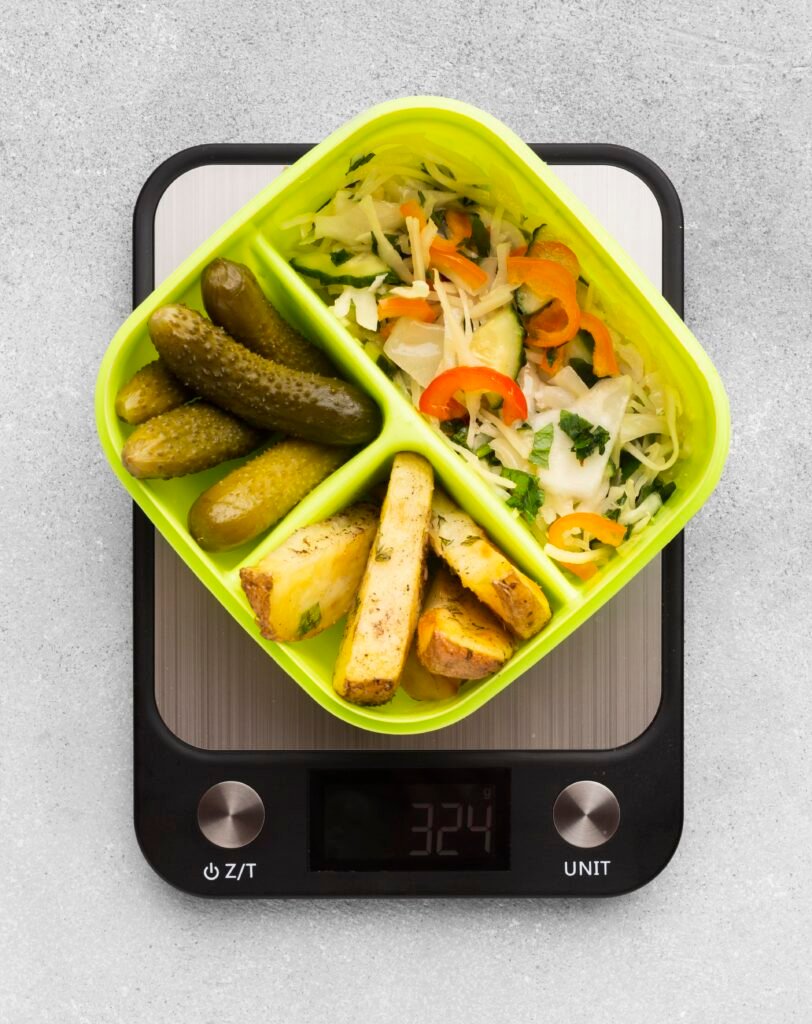TDEE Calculator

TDEE Calculator
The Total Daily Energy Expenditure (TDEE) Calculator helps you estimate how many calories your body burns in a single day.
What is TDEE?
TDEE, or Total Daily Energy Expenditure, represents the total amount of energy your body uses throughout the day. Since it changes based on daily activities and is difficult to measure precisely, it is usually estimated. The estimate considers three main factors: basal metabolic rate (BMR), activity level, and the thermic effect of food (TEF).
Basal Metabolic Rate (BMR)
Your BMR is the number of calories your body needs to function while at complete rest in a neutral environment. In simple terms, it’s the minimum amount of energy required to keep your vital organs—such as the heart, brain, lungs, and kidneys—working properly when you are not moving or digesting food.
Activity Level The activity level refers to the amount of energy your body uses through movement and exercise. This doesn’t just include workouts—it also covers day-to-day activities like walking, working, or even fidgeting. Scientists often divide this into:
TEF, also called specific dynamic action, is the energy required for digestion, absorption, and processing of nutrients. On average, it’s estimated at about 10% of the calories consumed, though this varies by food type. For example, protein requires far more energy to process than fat, which gives it a higher thermic effect.
Your BMR is the number of calories your body needs to function while at complete rest in a neutral environment. In simple terms, it’s the minimum amount of energy required to keep your vital organs—such as the heart, brain, lungs, and kidneys—working properly when you are not moving or digesting food.
Activity Level The activity level refers to the amount of energy your body uses through movement and exercise. This doesn’t just include workouts—it also covers day-to-day activities like walking, working, or even fidgeting. Scientists often divide this into:
- Thermic effect of activity (TEA): Energy burned during intentional physical activity such as exercise.
- Non-exercise activity thermogenesis (NEAT): Energy used for everyday movements not related to sleeping, eating, or structured exercise.
TEF, also called specific dynamic action, is the energy required for digestion, absorption, and processing of nutrients. On average, it’s estimated at about 10% of the calories consumed, though this varies by food type. For example, protein requires far more energy to process than fat, which gives it a higher thermic effect.
How is TDEE Calculated?
The calculation usually begins with finding your BMR, which is influenced by age, gender, height, and weight. Several formulas are used to estimate BMR, including:
While the thermic effect of food can also be included in some calculations, its impact is generally smaller compared to BMR and activity level.
In short, TDEE combines your body’s resting energy use, your activity level, and the energy needed for digestion, giving you a clear estimate of your daily calorie burn.
- Mifflin-St Jeor Equation
- Harris-Benedict Equation
- Katch-McArdle Formula (often more precise for lean individuals, since it factors in lean body mass versus fat mass).
While the thermic effect of food can also be included in some calculations, its impact is generally smaller compared to BMR and activity level.
In short, TDEE combines your body’s resting energy use, your activity level, and the energy needed for digestion, giving you a clear estimate of your daily calorie burn.
